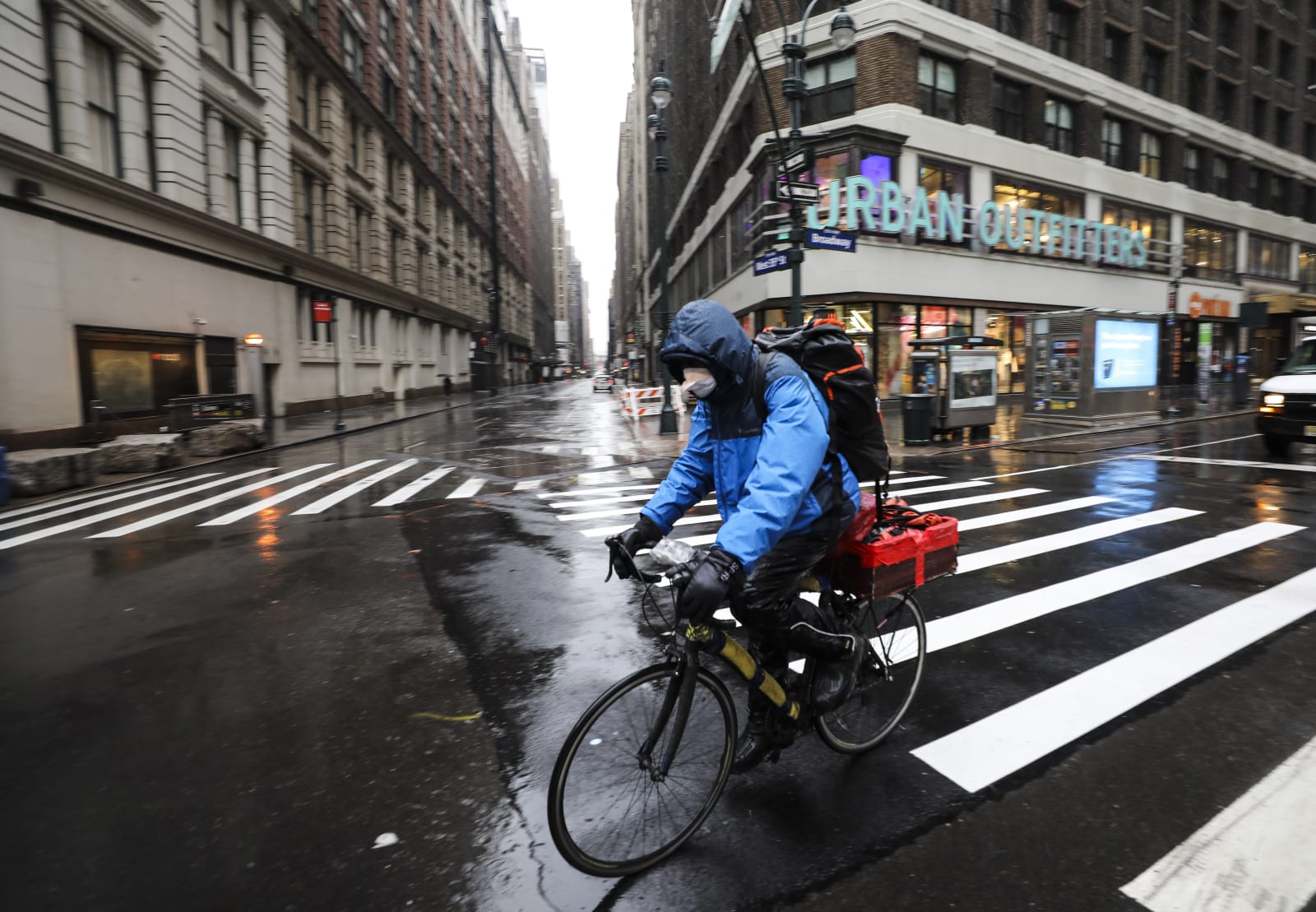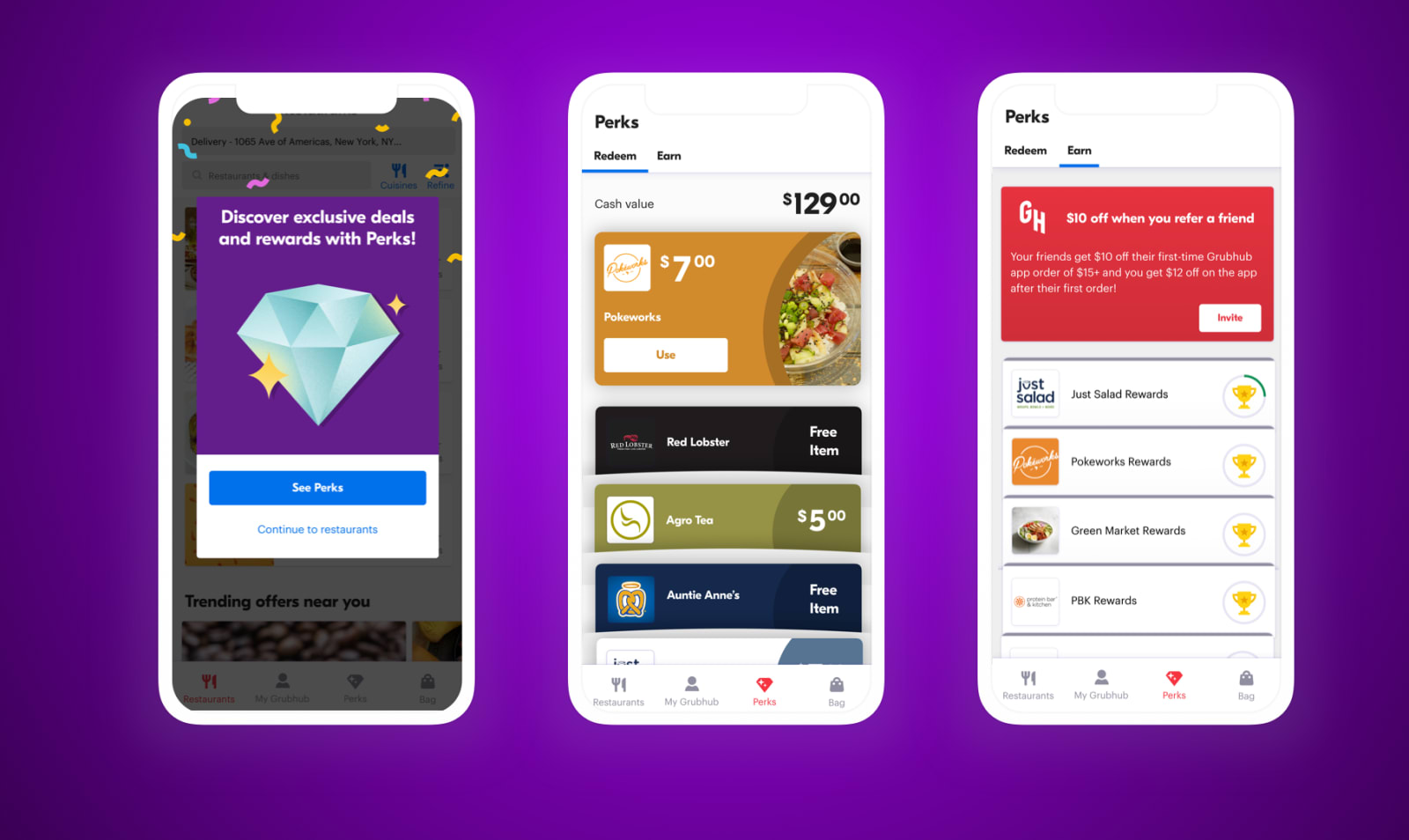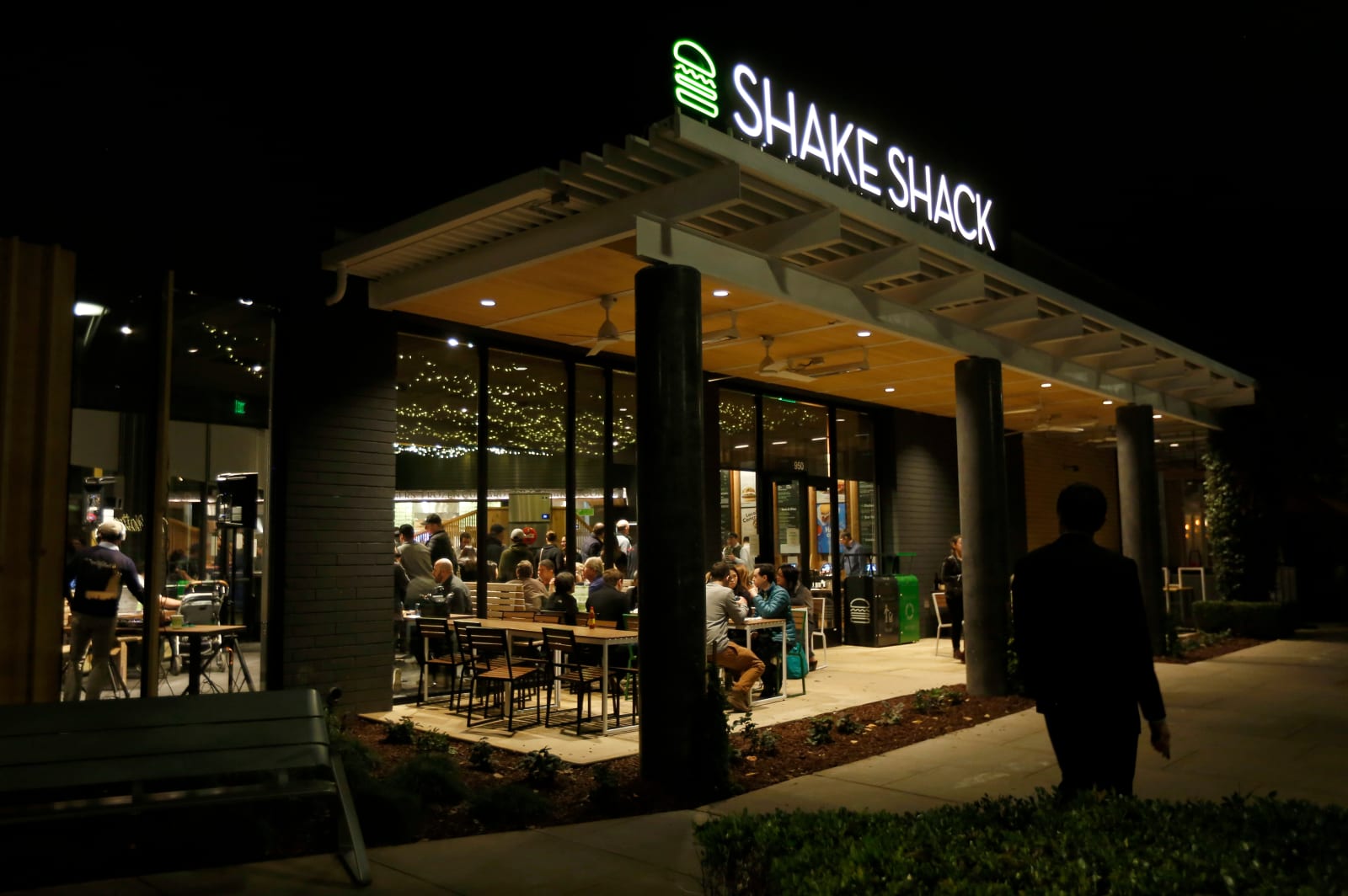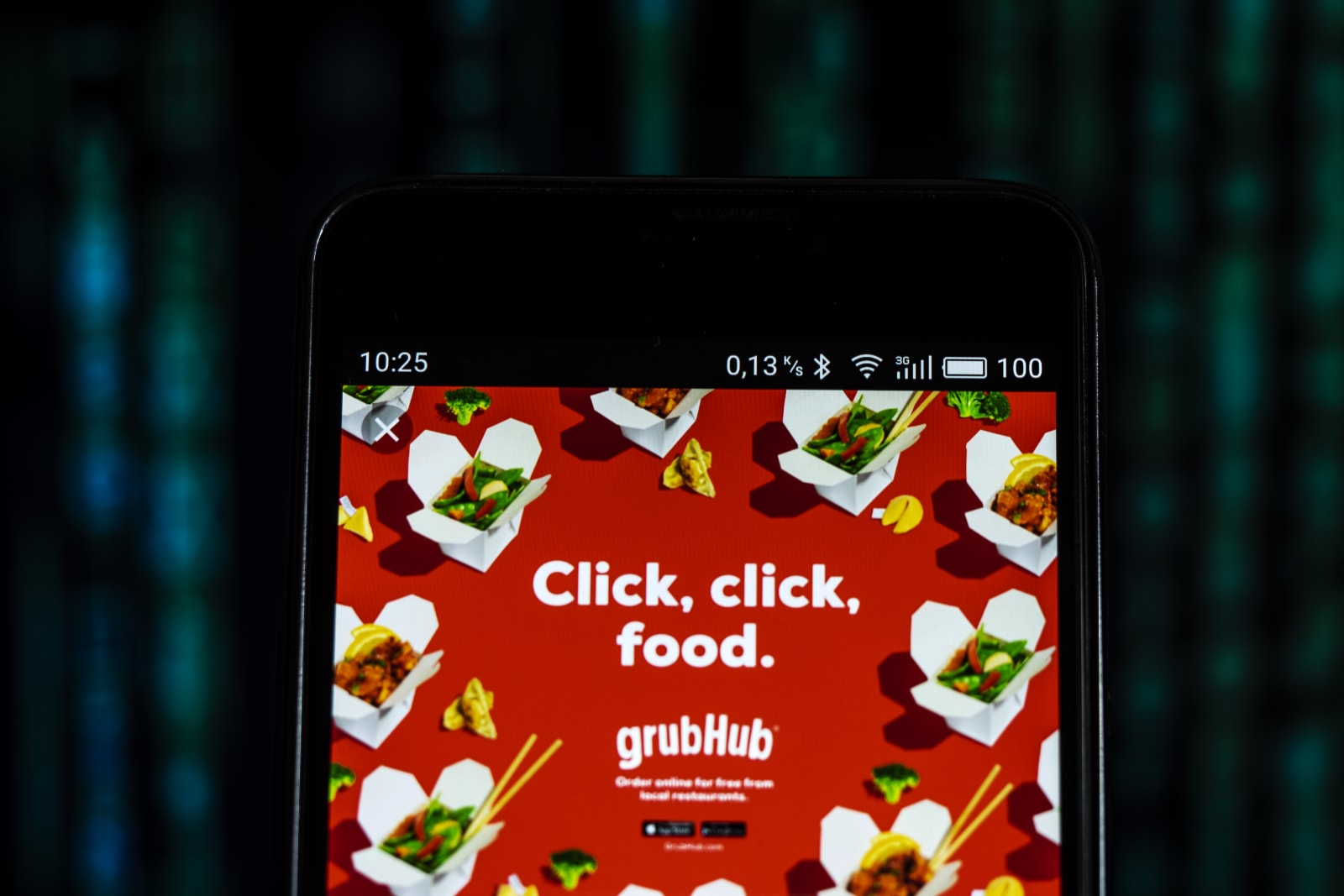
Creating a seamless display in a foldable device can go a long way towards selling customers on the notion that two screens are better than one: otherwise, you end up with a disjointed effect. Samsung has been trying to solve that problem for years, but a newly-granted US patent could represent one of its more direct answers. The technique would put smaller yet bright pixels right at the joints between two displays, letting Samsung push the screen borders closer together while ramping up the brightness to have those edge pixels blend in with the rest. As Samsung would rely on self-lit display technologies like OLED, it could tune the brightness of those tiny pixels relatively easily, without having to lean on complex backlighting. Given that the patent was originally filed in South Korea back in 2006, there's no indication that Samsung is in a rush to start producing foldable phones and tablets. Having a US patent under its belt right as larger mobile OLED screens become viable, however, could come in handy.
Filed under: Displays, Tablets, Samsung
Comments
Source: USPTO
 Like the rest of the world, because of the coronavirus outbreak, the restaurant industry is in the midst of a serious reckoning.
As of writing, 23 American states have shut down restaurants except for takeout and delivery. In the UK, McDonald's has...
Like the rest of the world, because of the coronavirus outbreak, the restaurant industry is in the midst of a serious reckoning.
As of writing, 23 American states have shut down restaurants except for takeout and delivery. In the UK, McDonald's has...
 Like the rest of the world, because of the coronavirus outbreak, the restaurant industry is in the midst of a serious reckoning.
As of writing, 23 American states have shut down restaurants except for takeout and delivery. In the UK, McDonald's has...
Like the rest of the world, because of the coronavirus outbreak, the restaurant industry is in the midst of a serious reckoning.
As of writing, 23 American states have shut down restaurants except for takeout and delivery. In the UK, McDonald's has...
 GrubHub's most frugal consumers will have to look no further than the food delivery app's new "Perks" tab. The company announced today that it is combining two features -- coupons and discounts on meals and restaurant-specific loyalty programs -- all...
GrubHub's most frugal consumers will have to look no further than the food delivery app's new "Perks" tab. The company announced today that it is combining two features -- coupons and discounts on meals and restaurant-specific loyalty programs -- all...
 Sometime soon, you won't necessarily need to wait until the buzzer in your hand goes off to know when your food is ready at Shake Shack. The popular burger chain is teaming up with Grubhub for nationwide delivery across the US.
Sometime soon, you won't necessarily need to wait until the buzzer in your hand goes off to know when your food is ready at Shake Shack. The popular burger chain is teaming up with Grubhub for nationwide delivery across the US.
 GrubHub's bid to conquer app-based food delivery may be hurting the web presences of the restaurants themselves. New Food Economy has discovered that GrubHub and its Seamless sub-brand have been acquiring "thousands" of web domains linked to restaur...
GrubHub's bid to conquer app-based food delivery may be hurting the web presences of the restaurants themselves. New Food Economy has discovered that GrubHub and its Seamless sub-brand have been acquiring "thousands" of web domains linked to restaur...
 If you're craving donuts but can't step outside to get them, some extra relief might be at hand. Grubhub is rolling out the option to order from Dunkin' through its apps, starting with Seamless customers in New York City. It'll reach other markets...
If you're craving donuts but can't step outside to get them, some extra relief might be at hand. Grubhub is rolling out the option to order from Dunkin' through its apps, starting with Seamless customers in New York City. It'll reach other markets...
 GrubHub makes it pretty easy to scrounge up food when you don't feel like picking it up yourself, and now the food-delivery company wants to extend that to how you eat when traveling. Travel site TripAdvisor has announced that starting today, when yo...
GrubHub makes it pretty easy to scrounge up food when you don't feel like picking it up yourself, and now the food-delivery company wants to extend that to how you eat when traveling. Travel site TripAdvisor has announced that starting today, when yo...


